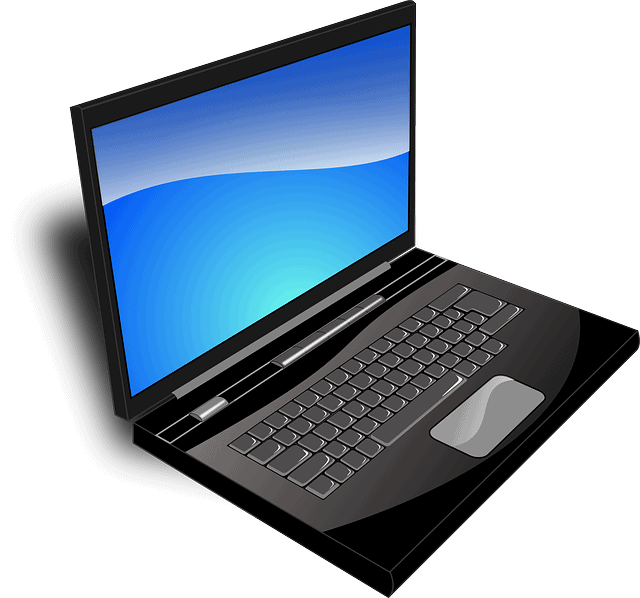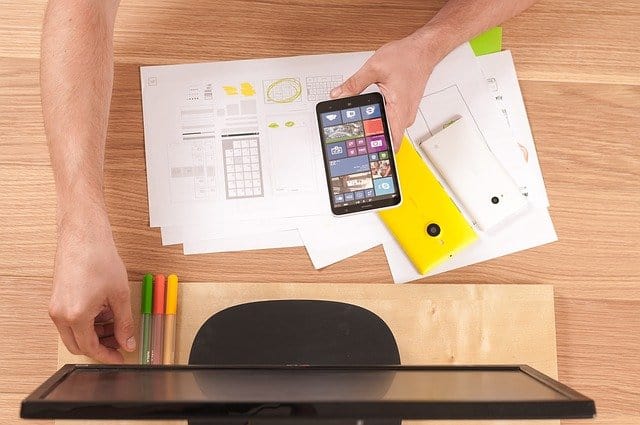Letterpress printing is a relief technique that raises monochrome text and image above the page’s surface. Unlike letterpress, flexographic printing relies on computer-to-plate technology, which scans the added page before being placed on what is called a photopolymer plate. The plate not only processes color, but changes its own color when exposed to light. Flexographic printing has become mainstream since the 1990s and involves a complex process worth explaining.

Adding the Artwork
Flexographic printing equipment typically processes graphic images and texts for cereal boxes, wall calendars and cosmetic packaging. These images imprinted into commercial products often appear glossy to customers. That is because their fitted design is the end product of flexography, which uses several piles of glossy paper. A client that requests printing service must submit the artwork to the printing company. The image must fit within specific measurements for the artwork to be inserted in the electronic substrate.
The Inking Process
The electronic substrate first enters the press chamber. First, the image is rolled into the impression cylinder, which processes and retains image details into the substrate. The substrate then transfers to the plate cylinder, tightening the image to prevent printing issues such as misregistration and feeds the image outline to an anilox roller that coats the outline with ink. Anilox rollers contain cells that carry a specific ink capacity. However, the ink fountain roller occasionally supplies the anilox roller with excess ink, which can only be scraped with a doctor blade. End seals are also helpful, as they prevent excess amounts of ink from leaking outside the chamber. The substrate exits the chamber, passing through multiple impression cylinders and drying sections to finish processing.
The flexographic printing press relies on computerized machines to process fitted images, which are then rolled in a substrate to prepare for inking in the press chamber. Flexographic printing makes use of color and gloss, making it perfect for graphic, paper-based commercial advertising that can attract customers to purchase their favorite household products.





